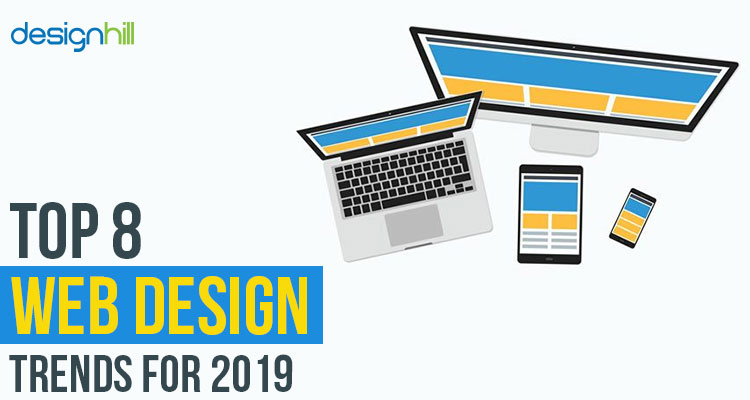Essential Website Layout Insights: Recommendations For Developing An Intuitive Interface
Essential Website Layout Insights: Recommendations For Developing An Intuitive Interface
Blog Article
Written By-Abildtrup Daugaard
When it pertains to website design, making sure user-friendliness is crucial. From responsive style to streamlined navigation, every element plays an essential duty in developing a website that satisfies your target market's demands. But what about linked internet page that can make or break an individual's browsing experience? Remain tuned as we discover some often-overlooked suggestions that can elevate your web site's usability to the next level, making it really stand apart in the digital landscape.
Significance of Responsive Layout
Responsive layout is an important element of contemporary internet site development. Guaranteeing your site is responsive ways that it can adapt to various screen sizes and tools, giving a seamless experience for customers.
With the enhancing use smart devices and tablets to access the web, having a receptive layout is necessary for getting to a wider audience. It assists in enhancing user experience by making your web site very easy to navigate and keep reading any device.
Furthermore, responsive layout can positively impact your internet search engine rankings, as search engines like Google prioritize mobile-friendly sites. By having a receptive design, you're also future-proofing your internet site, as new gadgets with differing screen sizes continue to emerge.
Simplify Navigating Structure
To enhance customer experience and assist in simple access to details on your website, streamlining the navigating structure is critical. When designing your website, focus on developing a clear and intuitive navigating menu that helps site visitors find what they're searching for rapidly.
Limitation the variety of food selection things to the essentials, grouping associated web pages with each other to stay clear of overwhelming customers. Usage detailed tags that plainly indicate the content of each page, making it less complicated for users to understand where each link will take them.
Consider implementing dropdown food selections for subcategories to stop littering the main navigation bar. Additionally, consist of a search bar plainly on the web page for users that choose searching for particular details.
Focus on mobile responsiveness in your navigation style to guarantee simple accessibility on all devices.
Maximize Web Page Load Rate
Improving page load speed is critical for preserving site visitors on your web site. Slow-loading pages frustrate customers and can result in high bounce rates. To enhance web page load rate, start by enhancing images. just click the up coming internet page without endangering high quality to reduce their documents dimensions.
Additionally, make it possible for internet browser caching to keep frequently accessed sources locally, speeding up load times for returning visitors. Minify CSS, JavaScript, and HTML files by eliminating unneeded characters, comments, and formatting, boosting tons rate.
Take into consideration using a material distribution network (CDN) to distribute your website's web content across several servers worldwide, reducing latency for users accessing your website from different areas. Finally, limit the use of third-party manuscripts and plugins, as they can significantly affect lots times.
Conclusion
In conclusion, by incorporating receptive design, streamlining navigation, and enhancing web page lots speed, you can produce an easy to use web site that attract a bigger target market and improves individual experience. These essential elements make sure that visitors can easily gain access to and navigate your site across various tools, leading to increased involvement and complete satisfaction. By focusing on these vital facets, you can construct an effective website that maintains customers returning for more.
